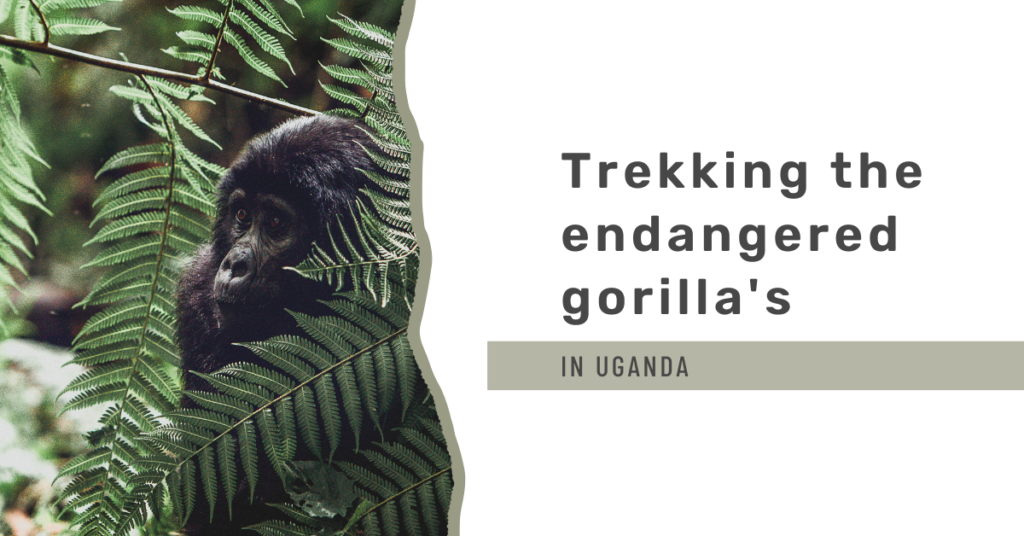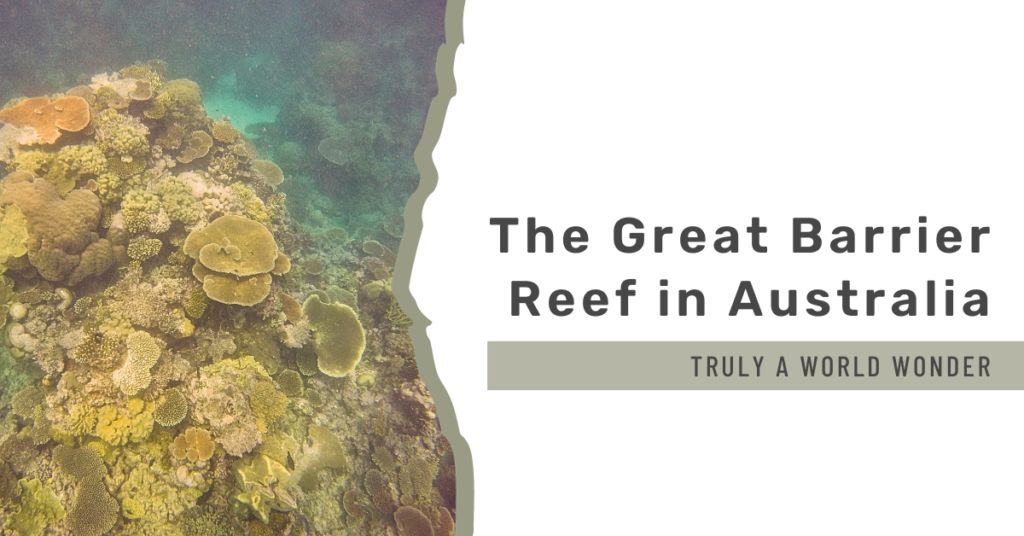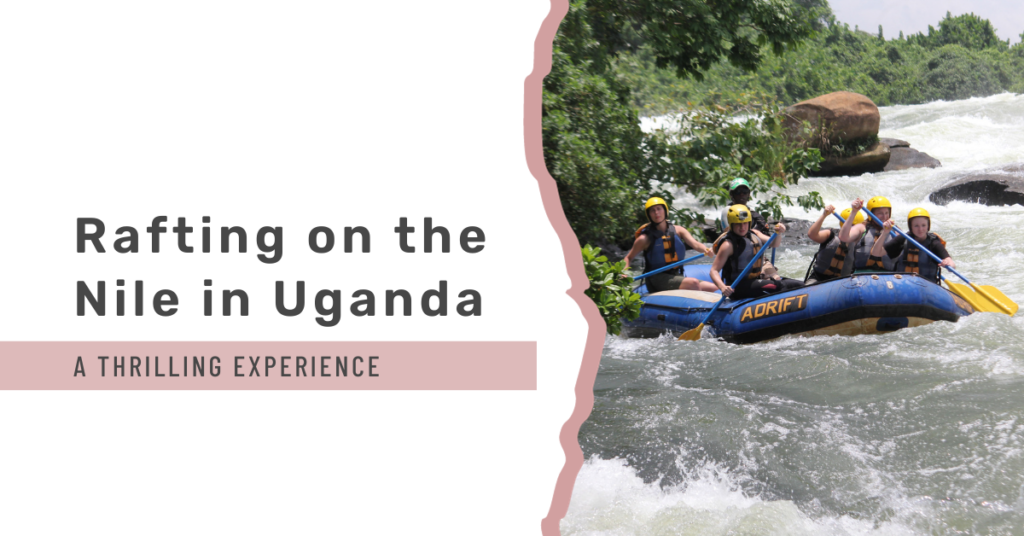Back in 2019, I embarked on a remarkable journey to Australia that would forever leave its mark. It was a journey not only for my academic pursuits but also an exploration of the diverse landscapes and natural wonders that this vast continent has to offer. My six-month adventure was divided into two parts: an internship for my bachelor’s degree, which lasted four months, and an additional eight weeks of exploring. The latter portion of my trip was dedicated to travelling the East Coast of Australia. A well-trodden and iconic path for backpackers. My voyage would take me from the tropical shores of Cairns to the southern city of Melbourne, leading me through contrasting landscapes and climates. Although my chosen direction was opposite to the typical backpacker route. It was a practical choice given my extended stay in Cairns.




Navigating the Seasons Along the East Coast
Travelling along the East Coast of Australia offers an exciting adventure. But it’s essential to be mindful of the unique seasonal variations, especially if you’re accustomed to the seasons of the northern hemisphere. Australia’s location in the southern hemisphere means that its seasons are reversed from what you might be used to. Here’s some valuable information to help you plan your journey effectively.
Cairns and the Wet Season: Cairns, a popular starting point for many East Coast journeys, experiences its wet season from January to March. During these months, the region can be prone to heavy rainfall and occasional tropical storms. While the wet season brings lush greenery and lower accommodation prices, it’s crucial to be prepared for occasional disruptions to travel plans. If you’re considering visiting during this time, pack appropriate rain gear, and check weather forecasts regularly.
Melbourne and Winter: On the other end of the spectrum, Melbourne, situated in the southern part of the East Coast, has its winter from June to August. Winters in Melbourne can be chilly, with temperatures dropping, especially in the evenings. If you plan to explore this part of the coast during winter, ensure you have warm clothing to stay comfortable. Despite the cooler weather, Melbourne offers a vibrant cultural scene, making it an attractive destination year-round.
The reversed seasons offer a unique advantage for travellers willing to adapt. If you have flexibility in your itinerary, you can follow favourable weather conditions. For instance, start in the tropical north during the dry season and move south as the weather cools down. Navigating the seasons along the East Coast is all about planning and preparation. Regardless of the time of year you choose to explore, Australia’s natural beauty and diverse landscapes will undoubtedly leave you with unforgettable memories.




Daintree Rainforest: Ancient Wilderness Unveiled:
The journey along the east coast of Australia began with a visit to the Daintree Rainforest. A living relic that stands as the world’s oldest continuous rainforest. Encompassing approximately 1,200 square kilometres, it is a crucial part of the Wet Tropics Rainforest located in North Queensland. This primaeval forest is teeming with unique plant and tree species that have thrived here since long before the age of dinosaurs.
Exploring the dense rainforest is no easy feat, thanks to its abundant vegetation due to high rainfall. For backpackers seeking to experience its wonders, Cape Tribulation is the gateway. Once you cross the bridge over the Daintree River, you step into a realm where modern luxuries are scarce. Hostels and lodgings rely on generators for electricity, and internet access is a rarity. Amid this off-the-grid existence, you’ll find numerous activities to choose from, including quad biking, river cruises in search of crocodiles, and horseback riding.
Personally, I ventured on the river to spot crocs and enjoyed horseback riding through the rainforest, an experience that transitioned seamlessly from lush foliage to pristine beaches. Cape Tribulation offers a serene escape into the heart of the world’s oldest rainforest—a true Australian wilderness experience
Swimming with crocodiles
In the Cape Tribulation region, it’s essential to exercise caution when considering swimming due to the presence of saltwater crocodiles in most areas. These creatures pose a significant danger. It’s crucial to consult with local experts and seek their guidance on safe swimming locations. During my visit, I was fortunate to discover a delightful freshwater river where swimming was permitted for a small donation, as it was situated on private property. Taking a dip in its chilly waters was a refreshing experience and provided a welcome escape from the tropical heat.
After enjoying this invigorating swim, I also had the opportunity to explore a charming little restaurant operated by the locals. Here, I decided to try something adventurous – a crocodile burger! To my surprise, the taste resembled that of spicy chicken. Making it a unique and enjoyable culinary experience amidst the rainforest’s lush surroundings.
Respect the environment by following the guidelines provided by tour operators to minimize your impact on this delicate ecosystem. Keep your eyes peeled for unique wildlife, from colourful birds to elusive reptiles. Bringing binoculars and a camera with a good zoom lens can enhance your experience. Additionally, be prepared for limited connectivity during your stay, as some accommodations may offer only limited internet access. Embrace this opportunity to disconnect from the digital world and immerse yourself in the natural beauty of the area.
Exploring the Daintree Rainforest is like stepping back in time, offering a glimpse into the ancient history of our planet. It’s an adventure that combines the thrill of discovery with the serenity of a pristine natural environment—an experience that every traveller should include in their East Coast itinerary.




Great Barrier Reef: Beneath the Waves of Wonder
Adjacent to the Daintree Rainforest, another UNESCO World Heritage site—the Great Barrier Reef—awaits exploration. Their exclusivity confined to Australia alone. While I won’t dwell extensively on the Great Barrier Reef, having already shared insights in a previous blog post. I’ll reiterate that this underwater paradise is a must-visit.
My time spent on the reef was nothing short of enchanting. Before embarking on my diving course, I’d already indulged in several snorkelling sessions, each revealing new facets of this magical realm. Once certified, I dedicated three days to diving aboard a reef boat, allowing for multiple dives daily. Subsequently, I participated in a volunteer program, affording me even more underwater encounters. Despite the ample time I devoted to the reef, I still yearn for more. The Great Barrier Reef is an extraordinary, irreplaceable ecosystem, and every moment beneath its surface is a glimpse into a world of unparalleled beauty.
Mission Beach: Home of the Cassowary
After my adventures around Cairns, I continued my travelling, as it was finally time to venture southward, and my first stop was the serene Mission Beach. This small coastal town is renowned for farm work opportunities, skydiving, and activities that attract backpackers. As well as a relatively large population of the largest flightless bird the cassowary.
However, I opted for a leisurely introduction to the extensive distances I would cover during my travels across Australia. The vastness of the continent often necessitates long bus journeys, and I wanted to ease into my backpacker lifestyle. As my budget didn’t allow for skydiving, I explored the local beaches, embarked on hikes, and savoured the unhurried pace of life, acclimating to the world of backpacking.




Magnetic Island: Koalas, Wallabies, and Hidden Beaches
The next destination on my route along the east coast was Magnetic Island, located just off the coast of Townsville. This island is celebrated for its resident koalas, rentable “Barbie cars,” and secluded, pristine beaches. Nature played a starring role in my Magnetic Island experience, as I repeatedly ventured along the “Fort Walk” in search of elusive koalas. These marsupials tend to slumber for most of the day, so spotting them requires patience and keen observation skills.
The island also introduced me to rock wallabies, which emerge from the forest at night in impressive numbers. And the island’s stunning beaches, each offering a new and breathtaking seascape. Magnetic Island is a nature lover’s paradise, and its surprises even extend to clothing-optional beaches. A detail that can certainly catch visitors off guard—I speak from firsthand experience.
Exploring Magnetic Island in one of its iconic “Barbie cars” is a charming and convenient experience. These small, brightly coloured, open-air vehicles are a fun way to navigate the island’s winding roads and scenic landscapes. The nickname “Barbie cars” comes from their resemblance to Barbie doll-sized cars, and they add a unique touch to your Magnetic Island adventure. Renting a “Barbie car” allows you to explore the island at your own pace. They’re easy to drive and perfect for couples or small groups of friends. With the wind in your hair and the sun on your face, you can cruise around the island. Stopping at picturesque viewpoints, hidden beaches, and wildlife hotspots.
Keep in mind that “Barbie cars” are a popular choice among visitors to Magnetic Island. It’s a good idea to book one in advance, especially during the peak tourist season. Whether you’re on a wildlife quest, exploring Magnetic Island’s pristine beaches, or simply enjoying the freedom of the open road. Driving a “Barbie car” adds a touch of adventure to your Magnetic Island experience.




The Whitsundays: Sailing Amidst Pristine Beauty
Exploring the Whitsunday Islands by sailboat is a captivating experience that allows you to immerse yourself in the pristine beauty of this region. After my stay on Magnetic Island, I embarked on an organized sailing trip with “Sailing Whitsundays.” Our vessel of choice was the “Boomerang,” which would serve as our home amidst the 74 islands that collectively make up the Whitsunday archipelago.
The focal points of this sailing expedition were undoubtedly the enchanting Whitehaven Beach and the adjacent Hill Inlet. These natural wonders are shaped and reshaped by the ebb and flow of the tides, creating ever-evolving patterns in the sand. Whitehaven Beach stands out for its astonishing purity; its silica sand is a staggering 98.9% pure. This unique composition makes it highly sought-after, even by NASA, for crafting telescope lenses. However, it’s essential to note that removing sand from this national park is strictly prohibited, as it falls under the jurisdiction of the Great Barrier Reef National Marine Authority. Preservation is key to ensuring that future generations can relish the beauty of this natural wonder.
Beyond the breathtaking scenery, our sailing adventure offered an array of experiences. We had the opportunity to snorkel in diverse locations, discovering the vibrant underwater world of the Whitsundays. Whether you’re an experienced sailor or a novice, there were chances to learn or hone your sailing skills. Evenings were filled with captivating conversations with fellow travellers from around the world, sharing stories and forging new friendships. The Whitsundays is a true haven for sailing enthusiasts. Where every moment on the water feels like a cherished memory in the making.




Fraser Island: A Sand Island of Superlatives
Journeying to Fraser Island is an experience filled with superlatives, where nature’s grandeur takes centre stage. After my thrilling exploration of the Whitsundays, I took a few days to unwind in Agnes Water, also known as the “Town of 1770.” It served as a tranquil interlude, allowing me to recharge before the next leg of my adventure. During this respite, I delved into various activities, including my first and only surfing lesson. I connected with locals while embarking on early morning tractor rides amidst bounding kangaroos, and I explored the nearby hiking trails.
Fully rejuvenated, I embarked on my much-anticipated journey to Fraser Island. Renowned as the largest sand island globally and a place where towering rainforests remarkably flourish atop ancient dunes. For those considering a visit, I recommend joining a tour that departs from Hervey Bay. This offers the most convenient access to the ferry, maximizing your time on this remarkable island. My own adventure spanned three days and two nights, featuring camping on the island’s pristine beaches.
During this memorable trip, we had the chance to swim in crystal-clear locations such as Lake Birrabeen and the Champagne Pools, each offering its unique allure. We also marvelled at sights like the Maheno shipwreck and the Pinnacles, which showcased the island’s rich history and stunning landscapes. One of the highlights was the opportunity to engage in hands-on 4-wheel driving, an exhilarating experience that I embraced wholeheartedly. While I did take the wheel for a short stint. I largely relished the landscapes from the passenger seat. Soaking in the awe-inspiring beauty that surrounded us.




Watching Widllife from the Beach
Moreover, Fraser Island offers the possibility of encountering whales breaching the water, providing a thrilling spectacle of nature’s majesty. If you’re fortunate, you may even catch sight of the island’s resident dingos, adding a touch of wildlife wonder to your visit. Fraser Island is a destination that merits an extended stay, enabling you to explore its exceptional beauty at your own leisurely pace.
Visiting Fraser Island is an exploration of superlatives. A place where the world’s largest sand island melds with towering rainforests. Creating an environment that is both unique and awe-inspiring. Whether you’re swimming in pristine lakes, driving along sandy tracks, or encountering remarkable wildlife. Every moment on Fraser Island is a testament to the incredible diversity and natural beauty of Australia’s landscapes.
Want to support my work?
This marks the end of the first segment of my backpacking journey along the East Coast of Australia. Stay tuned for part 2, where I’ll share my experiences between Fraser Island and Melbourne. Have you ever explored Australia? If so, which place holds a special place in your heart?
I spend a lot of time keeping this website filled with educational content and keeping updates about what I do to achieve my dream of working and living in Africa. Do you want to support me? You can buy me a coffee or purchase one of my digital prints. All proceeds will go towards my elephant research and the time spent on this website.







